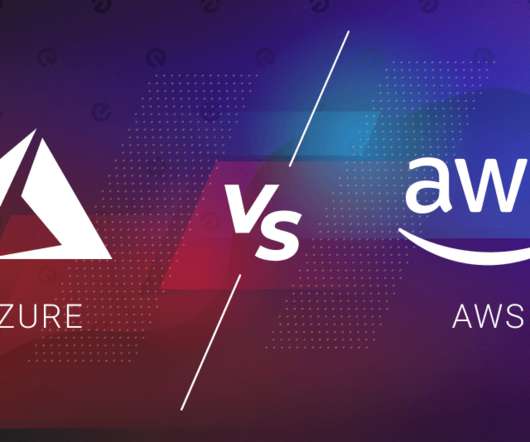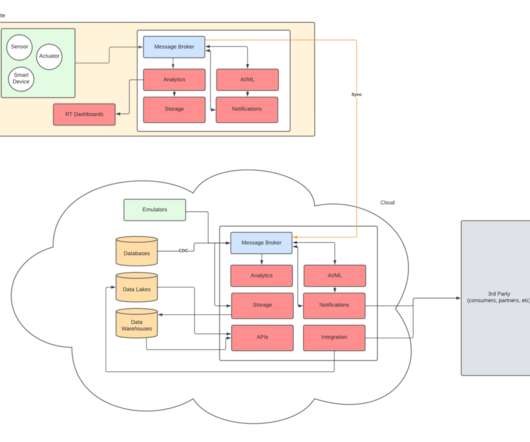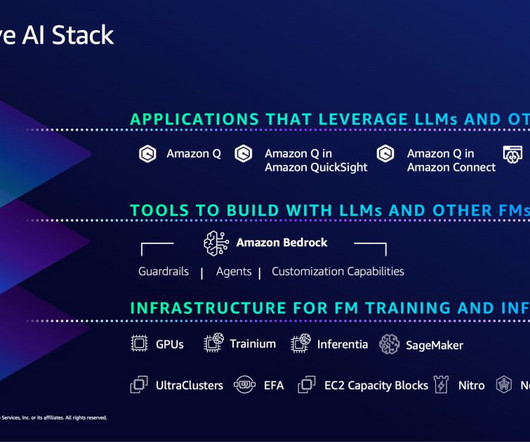Zuma takes in fresh capital to convert your next apartment tenant lead into a contract
TechCrunch
NOVEMBER 19, 2021
Today, the company, which adds artificial intelligence to sales engagement, exited its beta phase with $6.7 Zuma is also looking to implement its business model into other industries with sales teams, like healthcare, automotive, insurance, education and fashion. million in seed funding led by Andreessen Horowitz.















Let's personalize your content